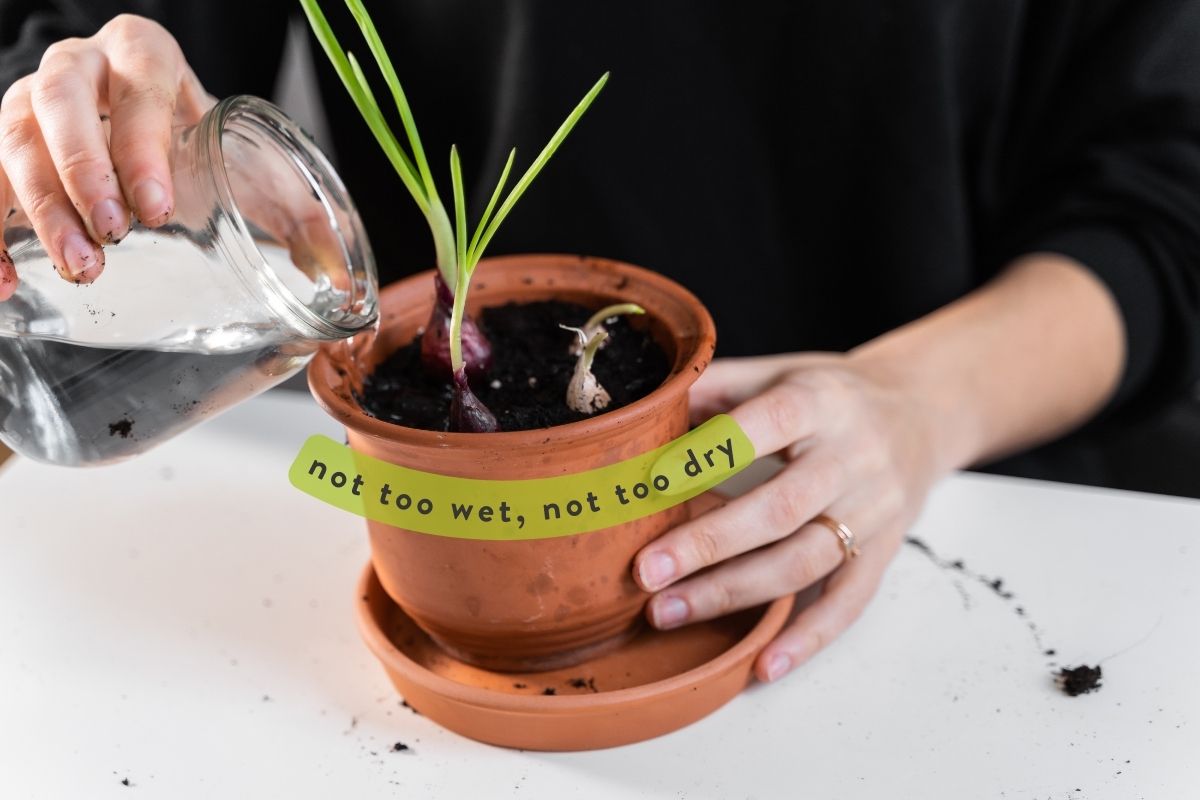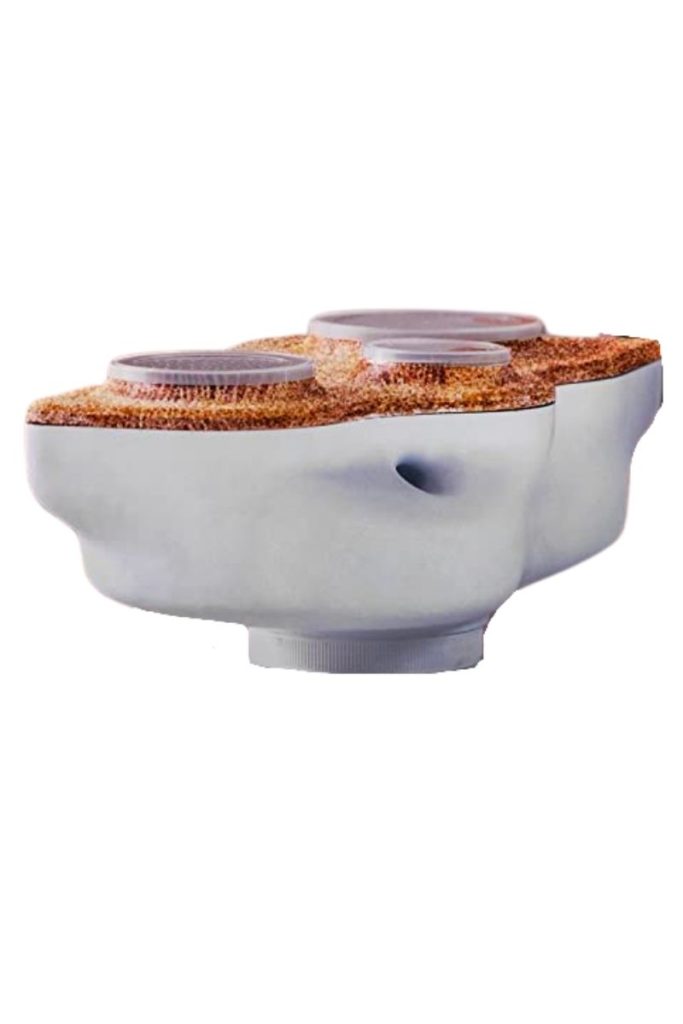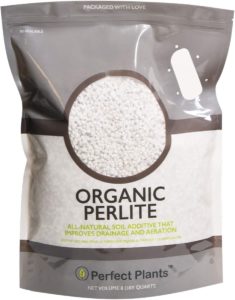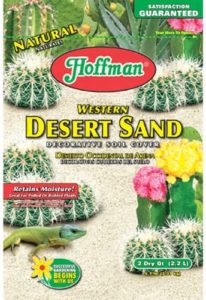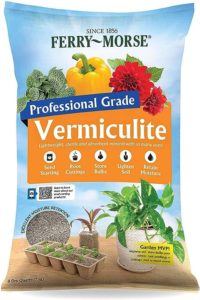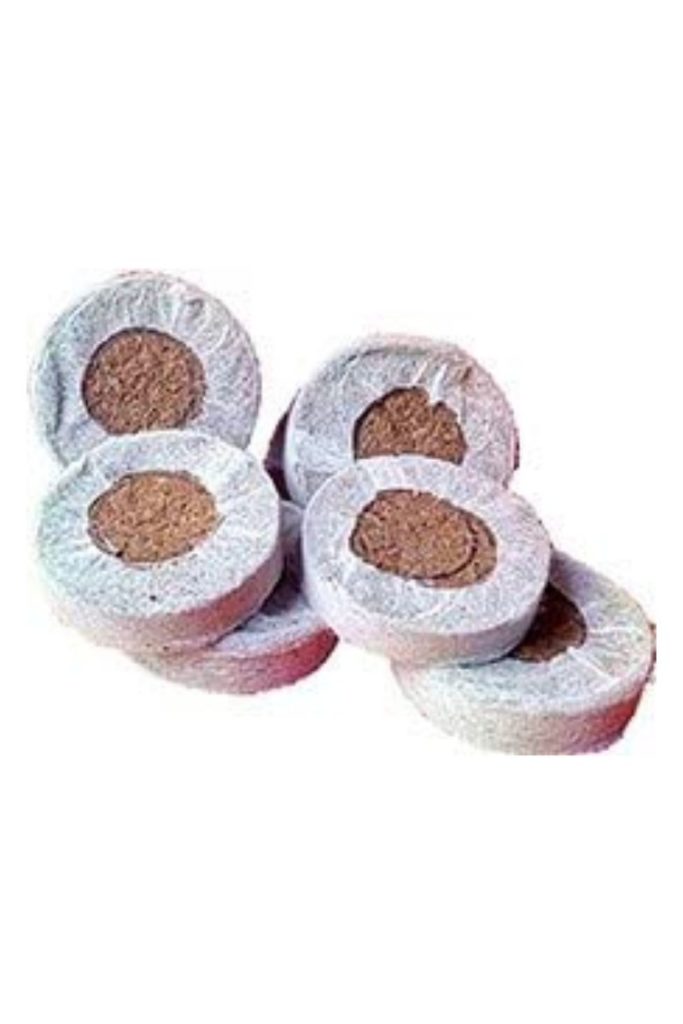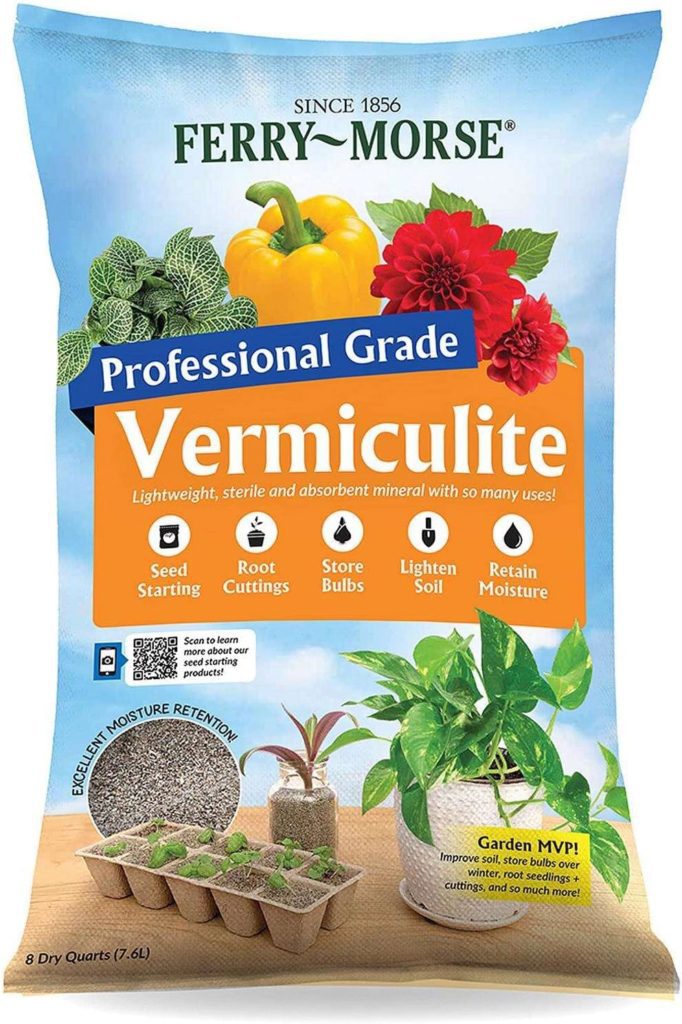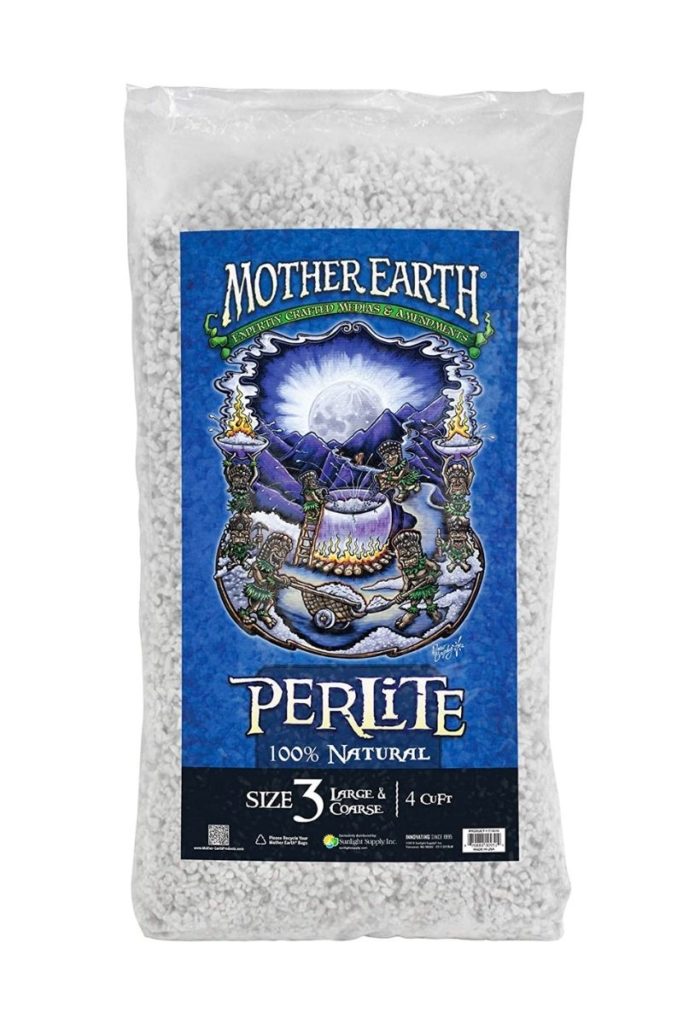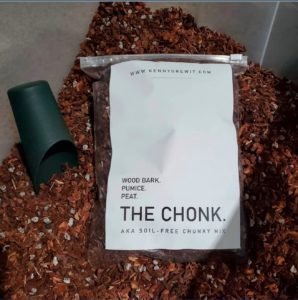Creating well draining soil is fairly easy and involves only a few ingredients. The idea is to allow air spaces for the plant roots to receive nutrients and water.
The reason plants thrive with properly draining soil is because this extra space allows for soil aeration. This means that oxygen can move throughout the soil and around the plant roots.
Without oxygenated soil, such as with soil compaction, plant roots cannot receive important nutrients from the soil. They suffocate without the oxygen for nutrient exchange.
If you overwater compacted soil or have soggy soil, then your living plant roots will develop root rot. They will be drowned of oxygen and unable to receive important nutrients.
The exciting part is that healthy plants will grow much faster in aerated soil with proper drainage.
You got a little plant that just won’t grow?
Improving soil drainage in your potted friend may do just the trick.
What is well-drained soil and why is it important?
Before adding a bunch of rocks and sand to your existing soil, there are a few things that we need to be clear about when improving soil drainage.
Firstly, just because we want the soil to have good drainage, it doesn’t mean that we make a rocky desert out of the soil.
Well-drained soil also retains the moisture of the water, but doesn’t get stuck there. Instead, water can slowly percolate through the various soil particles, passing by the plant roots and offering its moisture when needed.
Moss and coco coir are often used to retain moisture in soil and pass the moisture to drier areas through a wicking action.
It holds enough water for plant growth, but gives most of it to the roots wherever needed. It also means your soil is not too wet or too dry, it’s ‘just right’ for your plant’s needs. If your soil drains too fast, it will create dry, sandy soil.
Healthy soil should be a good balance of soil particles and water. Wet soil leads to too much moisture and will cause an imbalance in the oxygen levels, which leads to poor drainage. This also leads to all houseplant lovers’ least favorite culprit, root rot.
Well-drained soil is absolutely important because it is the main food for your plant. Just like a camel stores water in its hump, well-drained soil stores water for your plants roots to drink up whenever they feel thirsty. They also take their oxygen from the soil, hence why too dry or too wet soil will suffocate the roots.
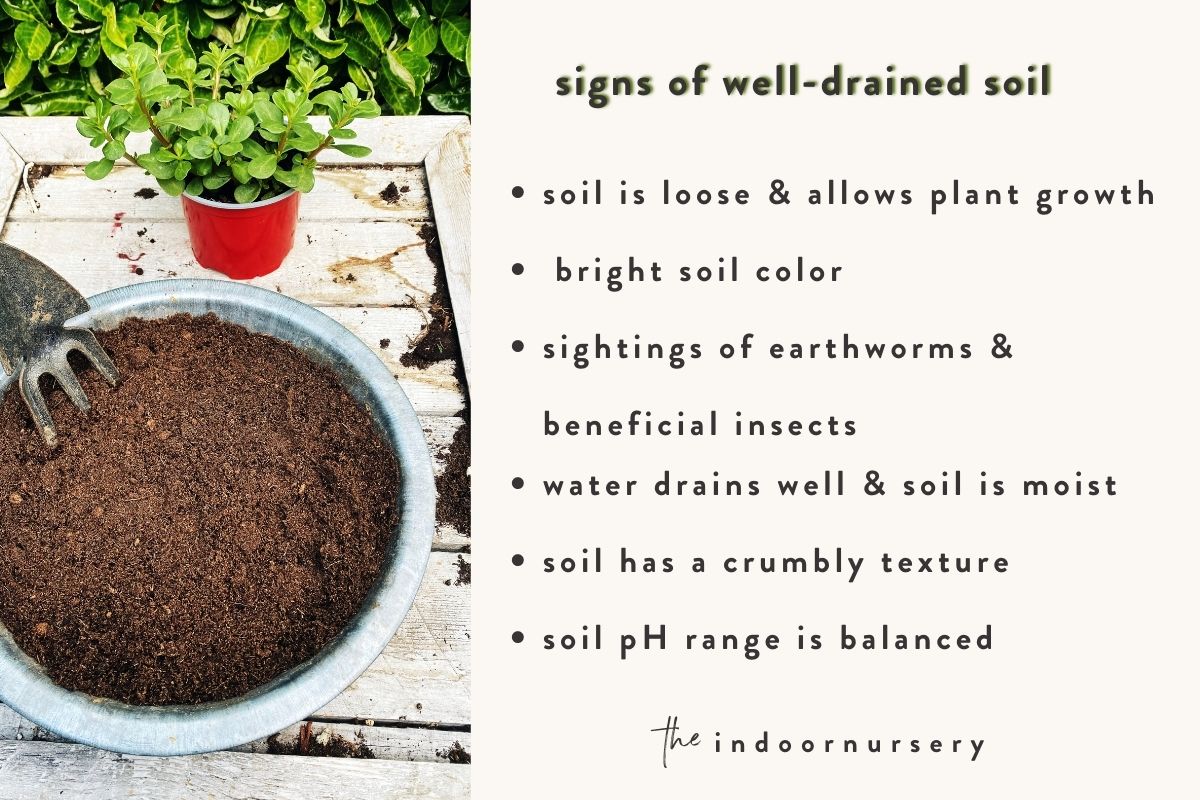
Signs of well-drained soil
- healthy, happy plants
- soil is loose and has enough room for plant growth
- color of soil is deep & bright
- good root growth & healthy plant growth
- the color of the topsoil is medium to dark brown
- there are earthworms or other beneficial insects crawling around on the soil surface
- water drains well & soil is keeping the moisture
- soil is keeping its shape even after a heavy rain (if not, you can improve soil structure by adding organic materials)
- soil becomes a crumbly texture when it is moist
- you can easily dig a 2 to 3 feet deep hole
- soil pH range is balanced
5 simple ways to improve soil drainage
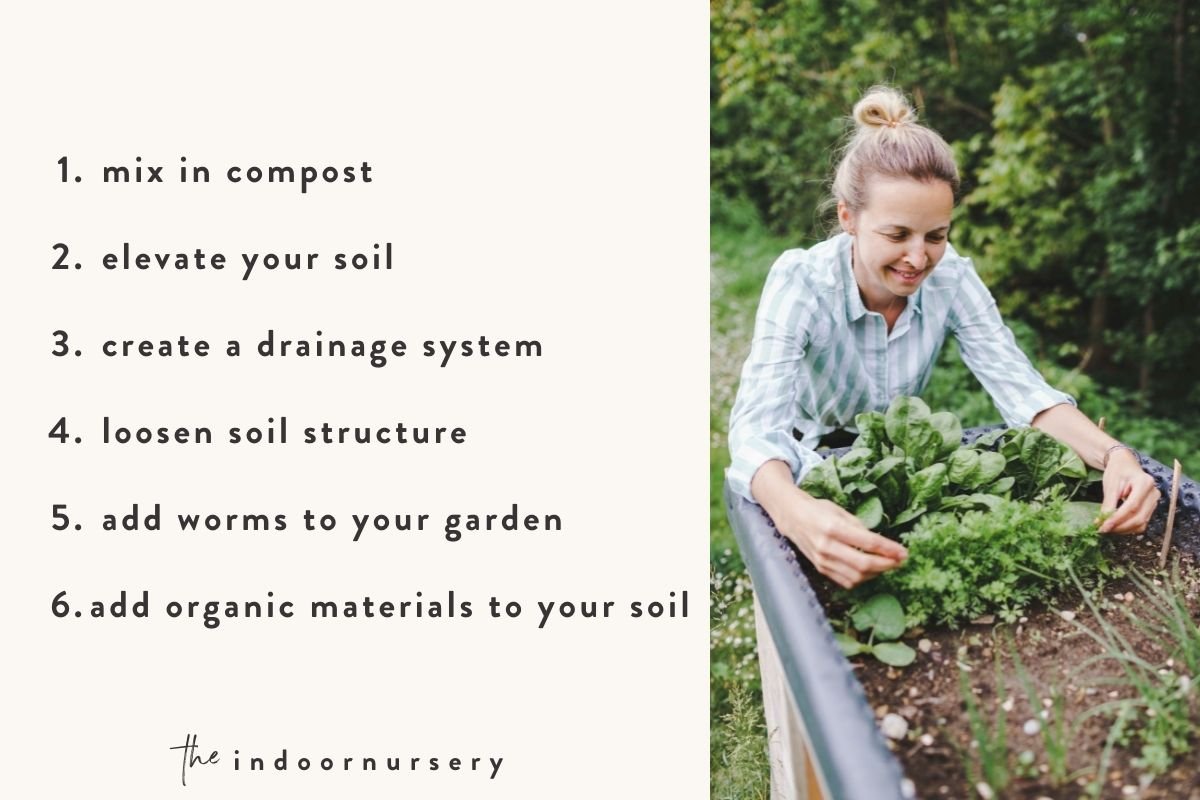
Mix in compost
Compost (from a compost bin) helps feed the soil microbes with beneficial nutrients. And it’s easier than ever to make your own worm compost, so your plants can have fresh nutrients at all times. It is better to feed them with organic matter like moss, manure & compost instead of having them eat up all the nutrients from your plant roots. Just don’t use too much compost, go with a ratio of 1/3 compost to 2/3 garden soil.
Elevate your soil (for outdoor gardens)
There are different ways to elevate your soil, which include making use of hilling or containers or raised garden beds. It is also known as Hügelkultur in German. Hilling is a technique used in permaculture, and it means to create mounds. All you need to do is shovel soil into a pile and add organic matter like leaves or straw on top. It makes the soil less compacted and increases drainage. Benefits of this include water retention, soil fertility, and soil warming and flooding prevention.
Another method is with containers, you can use clay or plastic pots with drainage holes.
Loosen soil structure
Create well draining soil by the process of aeration. Grab your garden tools, like a pitch fork if outside or chopsticks for potted plants, to break up the soil without damaging the roots of your houseplant. If you’re outdoors, it’s better to build on an ecosystem than to disrupt it.
Add worms to your soil (for outdoor gardens)
These little beings are part of the worldwide soil food web. You can add mulch to your soil, and then introduce worms if you have an outdoor garden. If you are adding organic matter to your potting mixes, then just mix a bit of mulch or compost into it. It softens the soil and also will be great for beneficial garden insects and worms to feed off of.
Add organic materials to your soil
Adding organic material can be a simple way to naturally improve soil drainage & increase water holding capacity. You can add manure (from cows or horses, though not recommended for indoor potted plants) as well as add compost or mulch. Mulch helps to retain water, and decomposes slowly. It will also help protect the roots of your plants against weeds and during temperature changes. Soil drains a lot better with soft, decomposing materials such as compost or mulch. It might take you a while to create your own compost, but it is definitely worth the wait. Organic matter acts as a sponge and will keep the soil moist.
In the meantime, while you wait for your homemade compost you can also add perlite, sand & vermiculite to your soil.
Perlite is a volcanic rock that helps loosen soil, prevents it from creating clumps, and improves drainage. Sand will also help prevent clumps and help with root development. Vermiculite is also volcanic rock, and you can make or buy a mix of all three of these ingredients for better draining soil. Your plants will thrive and grow to new heights!
How to make soil drain better in pots
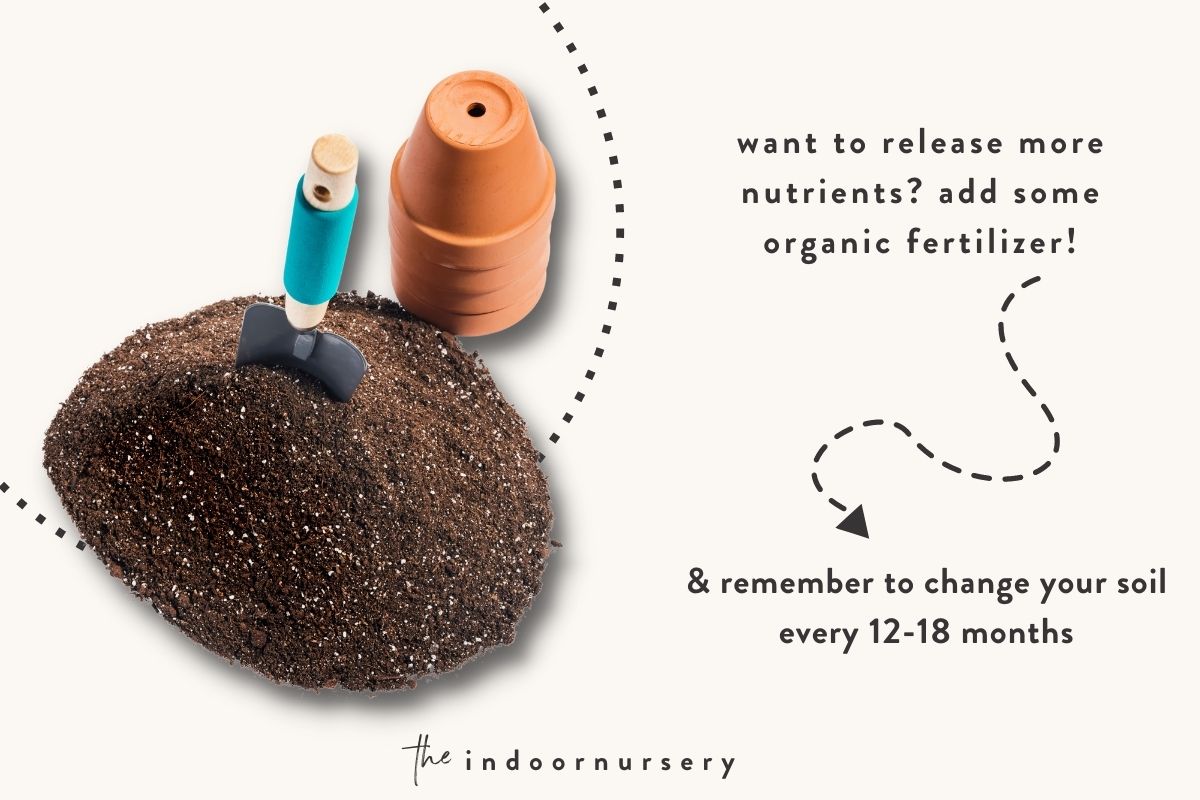
To make a well-draining pot, you will need a clay pot with drainage holes that is big enough for your houseplant. Buy a potting mix, or create a blend with garden soil, mulch, perlite & sphagnum peat moss. Eventually, you can add an organic fertilizer to help release more nutrients in the soil. Ideally, you should change your soil every 12 to 18 months depending on your plant.
Personally, I love using Fox Farm soil. I mix in perlite and rocks on occasion for succulents and cacti, but it’s absolutely perfect the way that it is. It’s fluffy, aerated, and full of nutrients. Mushrooms begin to grow in my potted plants with Fox Farm soil when it’s humid out, that’s how alive the soil is!
How to test soil drainage
If you stick your finger into the soil, that will give you a pretty good idea of how wet or dry the soil is. Using a moisture meter to test moisture levels in potting soil will let you know the moisture levels at the bottom of the pot so that you can see if there might be root rot.
Signs of poorly drained soil
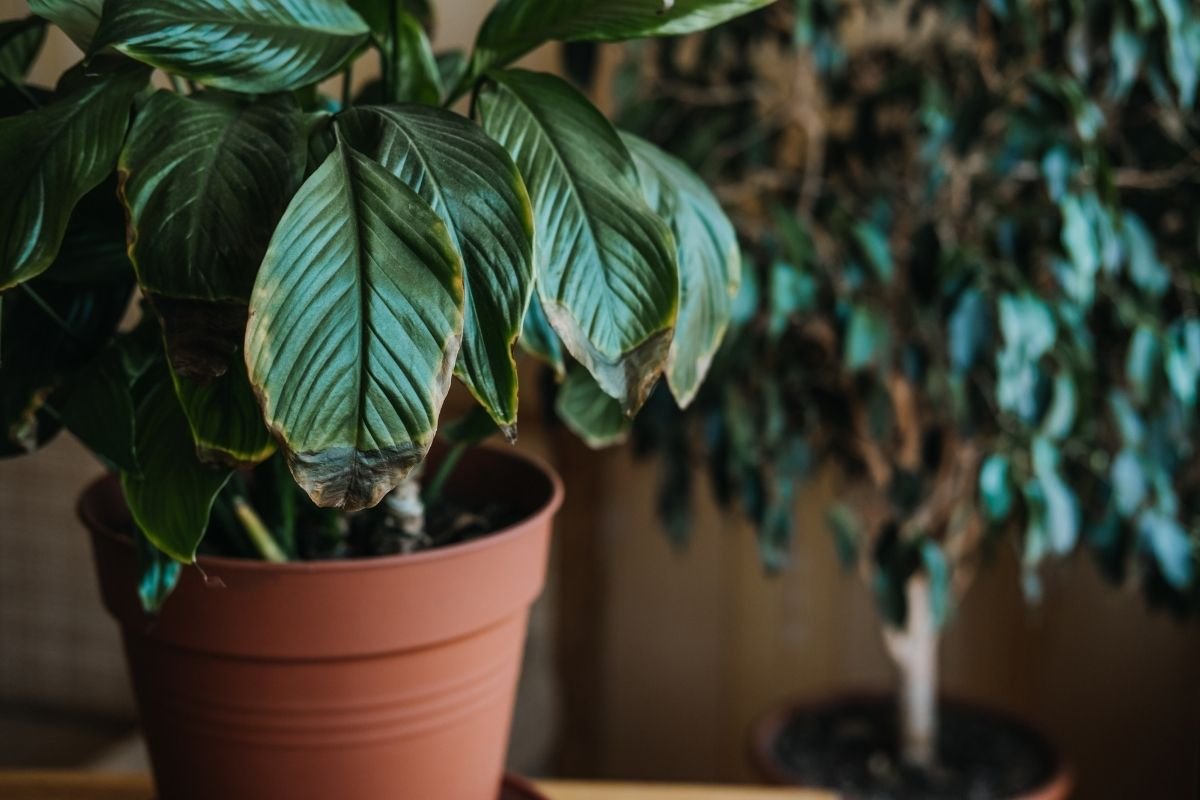
- plant foliage is wilting or is yellowing on the edges
- plant growth is stunted
- your soil is compacted (think heavy clay soil structure)
- your soil has a pale gray color (meaning water is trapped)
- moss is growing (key indicator of poor soil drainage)
- soil takes longer than one hour to drain 1 inch
Best fast draining soil
THE CHONK. Chunky Soil-Less Potting Medium
This premium plant mix, carefully hand-mixed with wood bark, pumice, and Sphagnum peat moss promotes healthy root growth and prevents root rot. Perfect for all indoor plants, this small batch mix is designed to increase air access, avoid common soil issues, and can be used in soil or semi-hydro setups.
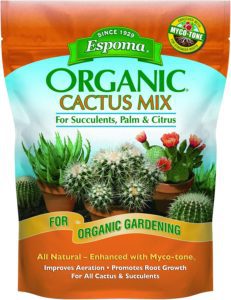
Espoma Organic Cactus Potting Soil Mix
This potting mix contains sphagnum peat moss, humus & perlite. This winning combo provides optimum aeration and drainage.
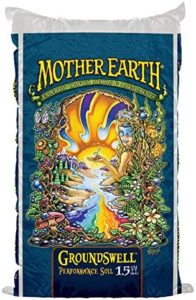
MotherEarth GroundsWell Potting Soil
This soil provides aeration & helps promote root growth. Nourish your soil with some Mama Earth lovin 😉
FAQ
What can you add to make soil to improve drainage?
You can add mulch, and organic matter such as farm manure, shredded leaves, recycled mushroom compost & pine bark.
How do I improve clay soil and poor garden drainage?
If you are dealing with super hard or clay soil, you may need to add a bunch of organic materials along with a good potting soil mix. You can easily turn clay soil around into good soil with compost. Some suggest adding garden lime (the active ingredient is calcium carbonate), since this raises the pH of acidic soil and makes it more alkaline.
How do you fix soil that doesn’t drain?
To sum it up again for you all in bullet points you can:
– add organic material to your soil
– create a drainage system with pipes
– create aeration by loosening the soil
– use mulch or compost
– use container or garden beds
– create raised beds by ‘hilling’
Final words
There you have it. With all of these tools, your soil drainage will be on par in no time. If something doesn’t work for your garden or potted plant, you can always try one of the alternative options. Don’t forget that soil is alive and malleable… and it’s always possible to create better soil with better drainage!
more about soil
- How to Use Leca for Plants: Step-by-Step Guide with Pictures
- Best Soil For Snake Plants That Will Keep Them Happy
- The Best pH Meter For Soil
- The Best Soil For Indoor Plants (Every Kind Of Plant)
- The Best LECA Balls (Expanded Clay Pebbles) For Your Plants
- 8 Best Soil Moisture Meter Options For Indoor Plants
- Best Soil For Monstera Plants (DIY Recipe + Store-Bought Options)
- How to Make Potting Soil for Indoor Plants, Plus My Secret Ingredient
- Is that mold on plant soil? Here’s what you need to know.
- How to use a moss pole for plants: An expert explains

